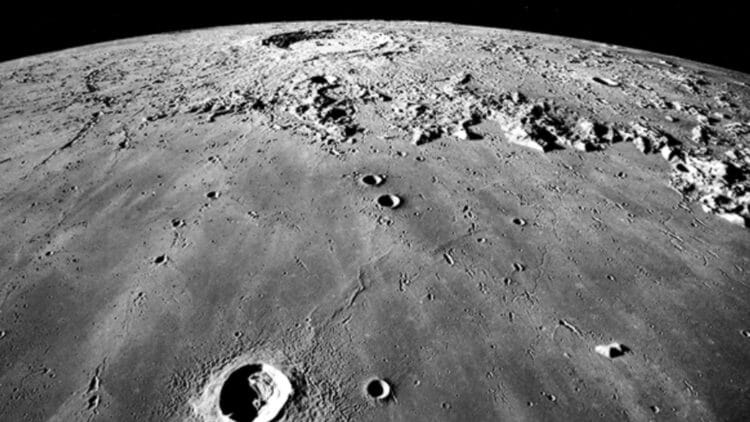Saying that water is life sounds like a cliché, but when we talk about exploring space, and in particular, the moon, this phrase becomes brutally true… That’s because each kilogram of water taken from Earth to its outer reaches costs a fortune and further limits what we can dream of building. After all, without water, there’s no food, breathable oxygen, or fuel for rockets to travel further. That’s why for decades, researchers have been pondering the same question: can we find water beyond Earth, or better yet, produce it directly on site?
The Moon’s hidden vault
The problem we’ve always had was scale. Previous missions had suggested that the Moon might harbor ice in its permanently shadowed regions. This sounded promising, but when scientists measured the amount of water naturally present in lunar minerals, the numbers were disappointing: somewhere between 0.0001% and 0.02%. Practically, almost useless for a human colony.
So, if the water isn’t there in a liquid state, where could it come from? This is where the unexpected revelation emerges: the secret lies not in hidden ice deposits, but in the gray dust beneath the astronauts’ feet. Within this seemingly ordinary soil, there is the potential to produce water on a massive scale, enough to sustain entire scientific bases.
Until the twist came: for billions of years, the Moon has been bombarded by the solar wind. And while Earth has a magnetic shield that protects us, the Moon is defenseless. The result was that all the hydrogen seeped into the lunar rocks and was stored there as if it were an “invisible store.” In short, it’s as if the wind had loaded the Moon with tiny hydrogen batteries ready to be used; all that was left was for someone to figure out how to convert them into water.
Fire unlocks the Moon
This turning point came with Chinese scientists analyzing samples from the Chang’e-5 mission, which returned more than 1.7 kg of lunar soil to Earth in 2020. By heating this material to extreme temperatures, they discovered something astonishing. Basically, when lunar regolith is heated above 1,000°C, the hydrogen trapped in the minerals reacts with iron oxides. The result is metallic iron and water. And when the soil melts, this water is released as vapor, ready for collection. The numbers were:
- 1 gram of lunar soil → 51 to 76 milligrams of water.
- 1 ton → over 50 kilograms of water.
In practical terms, 50 kilograms is enough to provide drinking water for 50 people for a single day. In other words, on the Moon, where every drop is valuable (so much so that they even form an ocean on the Moon’s far side), this could be the difference between a fragile camp and a sustainable scientific station. Of course, not all lunar rocks are created equal. The researchers studied five main minerals: plagioclase, olivine, pyroxene, lunar glass, and ilmenite (FeTiO₃). Among them, ilmenite stood out as the most efficient at storing hydrogen.
The Moon reimagined
It’s worth remembering that this discovery goes far beyond scientific curiosity. After all, it could redefine the way we think about lunar bases and long-duration missions. Instead of relying on water tanks brought from Earth, astronauts could literally “mine” water from the ground beneath their feet. This means:
- Lower costs: billions saved on transportation.
- Autonomy: lunar bases are less dependent on Earth.
- Expansion: the Moon as a springboard for travel to Mars and beyond.
In other words, this discovery reshapes our view of the Moon. After all, it may not just be a barren desert, but humanity’s first strategic resource repository in space. By releasing the hydrogen hidden by solar particles, we gain not only water but the real possibility of sustainable life beyond Earth. Not stopping there, NASA has also found the energy of the future on the Moon.


